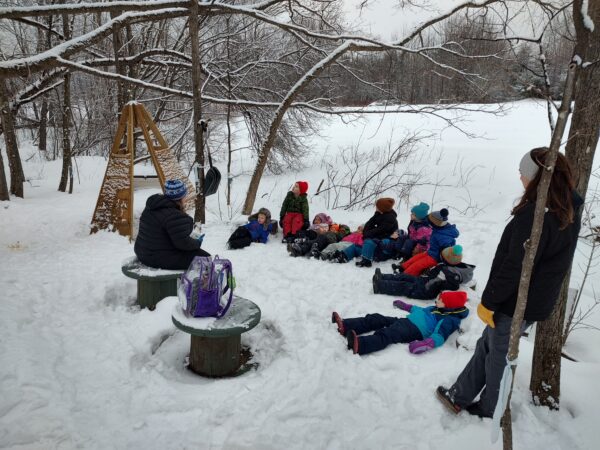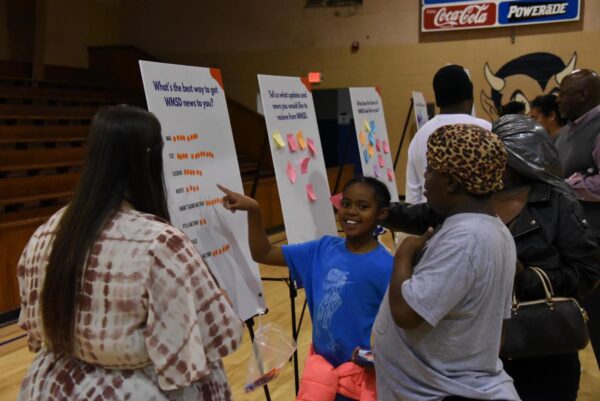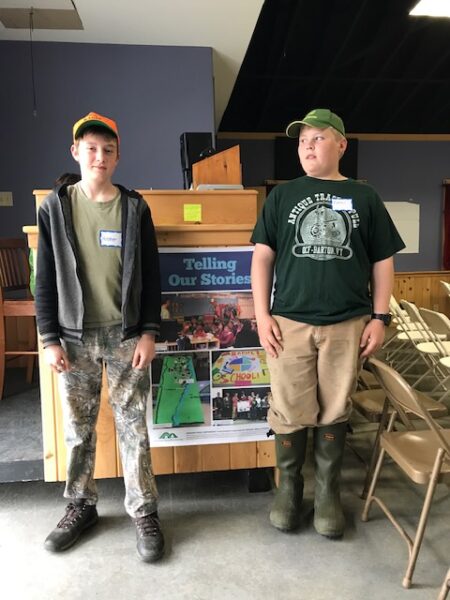Information and tools related to closure

This paper, which I wrote with Trevor Auldridge-Reveles, is a detailed (if wonky) look at the research on urban and rural school closures. It contains many citations to other studies of closure, its causes, and its effects.
This is an excellent series that ran in the Charleston-Gazette Mail on the costs of school closures in West Virginia in the early 2000s. It also gets into how the state incentivized closure.
Education Week has published a few stories on current pressures leading to closure. Here’s one, by Mark Lieberman, and another, by Caitlynn Peetz, on enrollment pressures specifically.
Here are some talking points on the effects of closure, which might be useful for public testimony.
Organizations
Rural Community Alliance organizes rural communities throughout rural Arkansas to build power and take action. Fighting closure has been a major part of their organizing work.
Vermont Rural Education Collaborative works to build strong rural schools across Vermont and advocate for policies and practices that support rural schools. VREC has also pushed back against closure-promoting policies in the state.
The National Rural Education Association is an organization of rural administrators, teachers, board members, researchers, and advocates that work to maintain the vitality of rural education systems across the country.
Information about community organizing

For additional information about organizing your rural community, see this free online textbook: Organizing: People, power, change.
The Center for Community Change also has this helpful resource.
Here’s a comprehensive library with links to a variety of resources and websites on organizing.
If you want to learn more about developing a persuasive public policy message, see this presentation by Marty Strange.
Consolidation
Much has been written about district consolidation, which is often a precursor to school closure. This brief, by Craig Howley, Jerry Johnson, and Jennifer Petrie, is a useful digest of the research.
This comprehensive presentation by Marty Strange, for the Rural School and Community Trust, covers political lessons surrounding rural consolidation.
There’s comparatively less written about how to consolidate well. Here’s one of the few articles I can find the topic (warning: it’s pretty dated, published in the late 1990s. But I think these common-sense strategies stand the test of time).
Other resources for strong rural schools

This website, from Promise of Place, shares information about place-based education–that is, using the local culture and environment as a starting pointe for math, reading, social studies, and science learning.
Community schools is a model of schooling in which schools partner with local organizations to provide wrap-around services for youth and adults so that all can thrive and learn.
Dual enrollment allows students to earn college credit in high school. This report looks at some promising practices in rural districts.
Rural education collaboratives are collaboratives of rural districts and cooperative education services that come together to share resources, build programs, scale up initiatives, support college and career readiness, and influence policy. Here’s a report by Battelle for Kids on strong RECs and a case study about an REC along the Eastern Shore of Maryland.
Fair Opportunity Project provides free college counseling (including advice on financial aid) to students remotely. High schoolers can also request a mentor.
